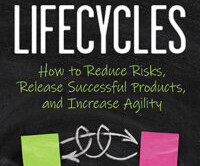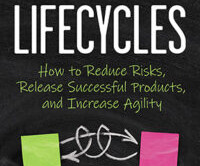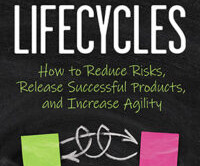Effective Agility Requires Cultural Changes: Part 1
Johanna Rothman
JANUARY 10, 2024
When I work with these teams or their managers, I realize they're not demoing or retrospecting on a regular basis. That creates distrust and an anti-agile culture. And all those ways require we change the culture from that of resource-efficiency thinking to flow-efficiency thinking. That's a cultural change.











Let's personalize your content